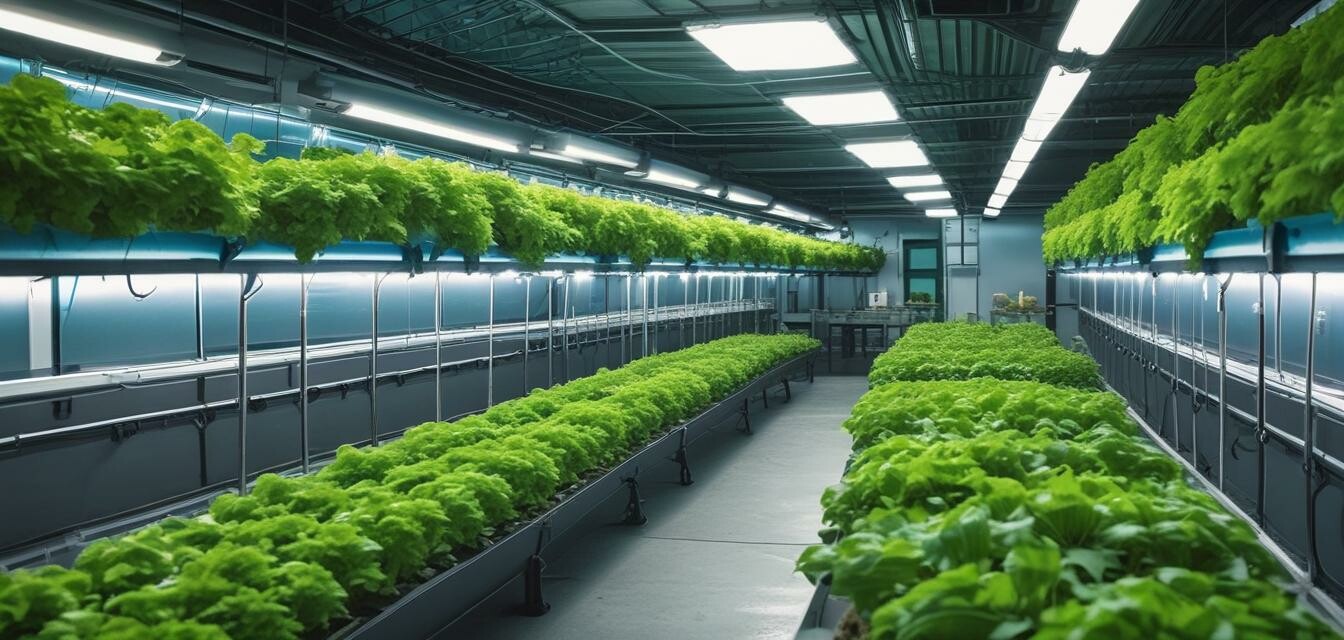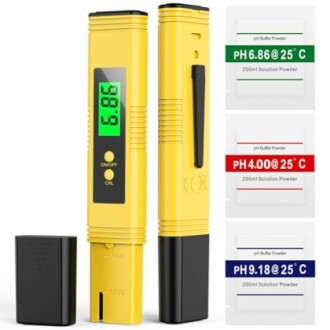
pH Management Techniques for Hydroponic Gardens
Key Takeaways
- Understanding pH is crucial for nutrient absorption in plants.
- Regular monitoring of pH levels ensures optimal growth.
- Several techniques can be used to balance pH effectively.
- Investing in a reliable pH meter enhances accuracy in readings.
- Maintaining a stable environment is key to healthy hydroponic systems.
Maintaining optimal pH levels in your hydroponic garden is essential for healthy plant growth. This guide will cover effective pH management techniques to ensure your plants receive the nutrients they need. By keeping an eye on pH, you can maximize your garden's potential and enjoy bountiful harvests.
Why pH Matters in Hydroponics
pH levels affect nutrient availability in hydroponic systems. Proper pH ensures that plants can absorb nutrients efficiently. Plants flourish between a pH level of 5.5 and 6.5, making it critical to regularly check and adjust pH levels.
Understanding pH Levels
| pH Level | Nutrient Availability |
|---|---|
| 4.0 - 5.0 | Iron, Manganese |
| 5.5 - 6.5 | Optimal range for most nutrients |
| 7.0 - 8.0 | Nutrients like Phosphorus can become less available |
Techniques for pH Management
1. Regular Monitoring
Using a high-quality pH meter is essential for accurate monitoring. One product to consider is the 2024 All-New pH Meter for Water. This meter allows you to test your water and nutrient solutions frequently. Here’s a snapshot of it:
2024 All-New pH Meter for Water
Accurate digital pH tester with 0.01 precision, perfect for your hydroponics and aquariums.
Learn More2. Using pH Up and Down Solutions
If your pH levels are too high or too low, you can use commercial pH up and down solutions to adjust them. Here’s how:
- pH Down: Use this solution to reduce your pH, particularly important if your water source tends to be alkaline.
- pH Up: Ideal for raising low pH levels, ensuring your solutions remain within the optimal range.
3. Frequent Cleanings
Regular cleaning of your hydroponic system and the pH meter is vital. Contaminants can affect readings. Cleanliness helps maintain stable pH readings.
Creating the Right Environment
Balancing your environment not only helps pH levels but also contributes to overall plant health. Consider the following aspects:
- Temperature: Ideal temperatures for most hydroponic crops range from 65-75°F (18-24°C).
- Humidity: Maintain humidity levels between 40%-70% depending on the plant species.
- Lighting: Ensure adequate light, as it significantly impacts photosynthesis and nutrient uptake.
Conclusion
Maintaining optimal pH levels in your hydroponic garden is an ongoing process that directly affects your plant's growth. By frequently monitoring, using appropriate solutions, and ensuring your environment remains conducive, you can achieve a thriving hydroponic garden. For more information on managing nutrient solutions, check out our guide on Nutrient Solutions and Feeding.
Tips for Beginners
- Start with quality equipment: Invest in tools like the pH meter you can trust.
- Keep a log: Documenting pH readings will help you identify trends over time.
- Stay informed: Regularly educate yourself on best practices and emerging techniques in hydroponics.
